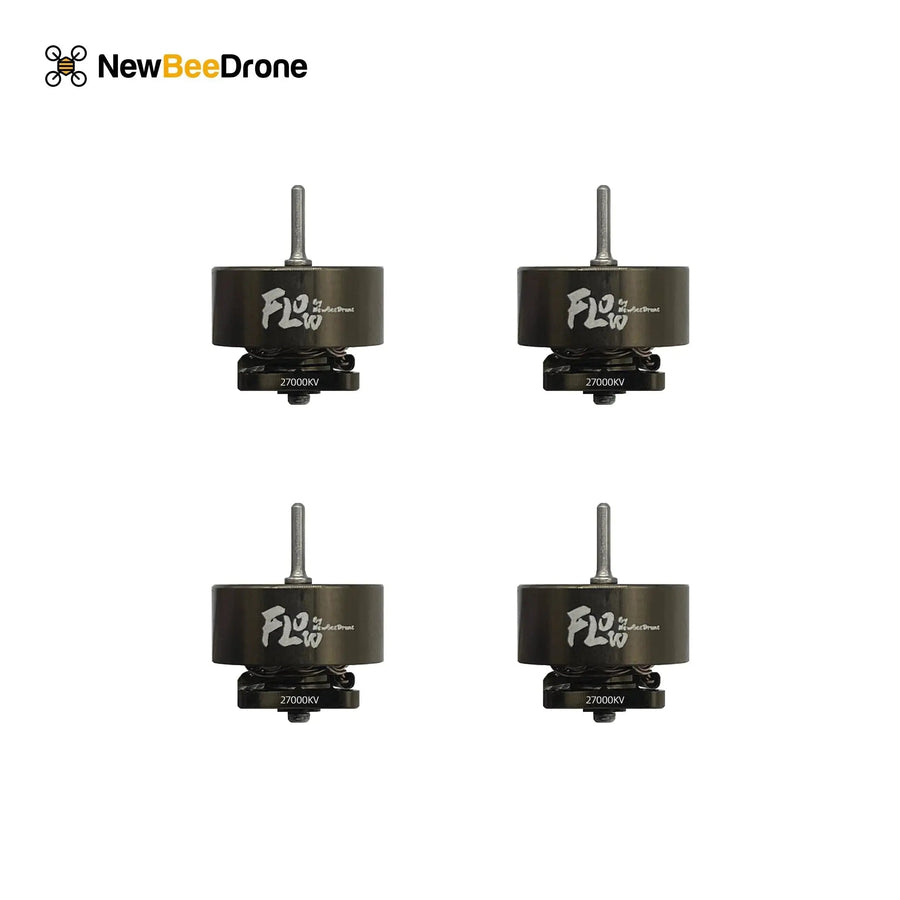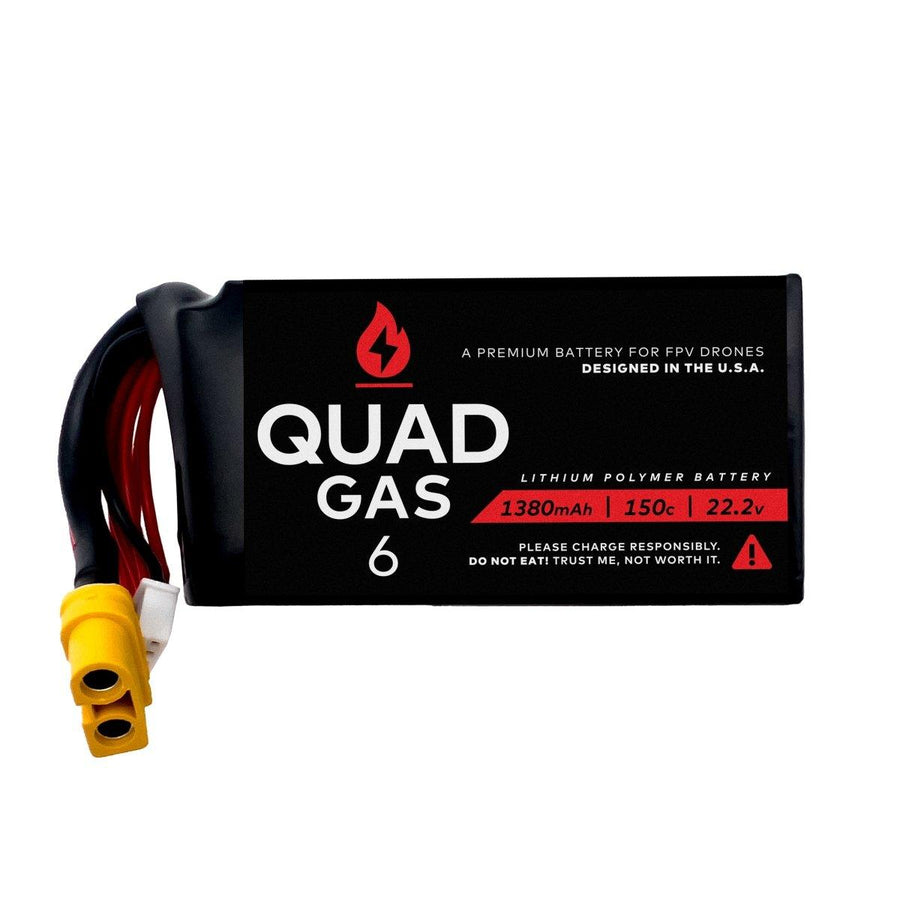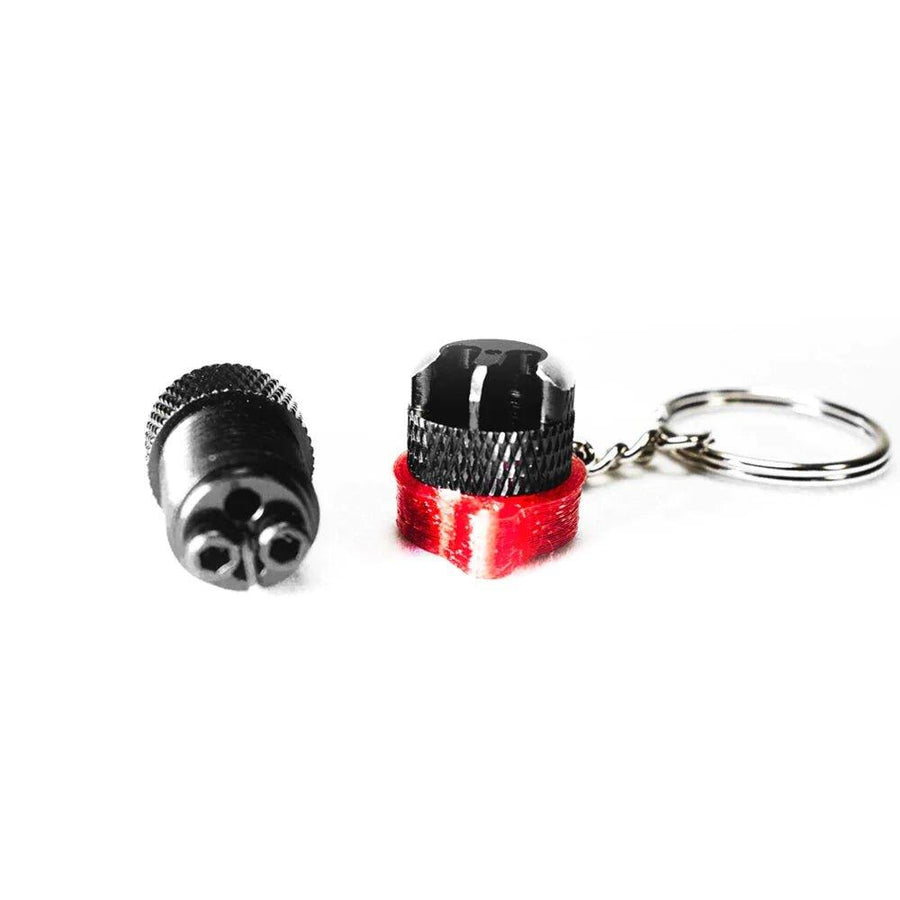Composants essentiels pour construire un drone FPV
Construire votre propre drone FPV (vue à la première personne) peut être une expérience enrichissante, mais cela nécessite une bonne compréhension des pièces individuelles nécessaires pour construire un système complet. Voici une ventilation des composants essentiels dont vous aurez besoin pour construire votre propre drone FPV :
Cadre
Le cadre est la base de votre drone FPV. C'est ce qui maintient tous les autres composants en place et les protège pendant le vol. Lors du choix d'un cadre, vous voudrez rechercher quelque chose de léger, durable et conçu pour fonctionner avec la taille des moteurs que vous prévoyez d'utiliser. Les cadres en fibre de carbone sont un choix populaire en raison de leur résistance et de leur légèreté.
Moteurs
Les moteurs sont ce qui alimente votre drone et lui permet de voler. Lors du choix des moteurs, vous devrez tenir compte de la taille et du poids de votre drone, ainsi que du type de vol que vous envisagez de faire. Les drones de course, par exemple, nécessitent des moteurs plus puissants que les drones utilisés pour la photographie aérienne. Les moteurs sont généralement évalués par leur valeur "KV", qui est une mesure du nombre de tours par minute (RPM) par volt.
Contrôleurs de vitesse électroniques (ESC)
Les régulateurs de vitesse électroniques (ESC) contrôlent la vitesse de vos moteurs. Ils régulent la quantité de puissance envoyée à chaque moteur pour maintenir votre drone stable en vol. Lors du choix des ESC, vous voudrez tenir compte de leur compatibilité avec votre contrôleur de vol et de l'ampérage requis par vos moteurs.
Contrôleur de vol
Le contrôleur de vol est le cerveau de votre drone. Il traite les données de votre émetteur et envoie des signaux à vos ESC pour contrôler le vol de votre drone. Lors du choix d'un contrôleur de vol, vous voudrez en rechercher un qui est compatible avec vos ESC et qui possède les fonctionnalités dont vous avez besoin pour votre style de vol.
Émetteur radio ou contrôleur
L'émetteur ou contrôleur radio est ce qui vous permet de contrôler votre drone depuis le sol. Lors du choix d'un émetteur, vous voudrez tenir compte de sa compatibilité avec votre récepteur et du nombre de canaux qu'il offre. Les drones de course nécessitent généralement au moins 4 canaux, tandis que les drones de photographie aérienne peuvent en nécessiter plus.
Caméra FPV
La caméra FPV est chargée de capturer le flux vidéo de votre drone et de l'envoyer à votre émetteur vidéo. Lorsque vous choisissez une caméra, vous devez tenir compte de sa résolution, de son champ de vision et de sa sensibilité à la lumière. Certaines caméras sont également équipées de fonctionnalités intégrées telles que la stabilisation d'image et les objectifs réglables.
Transmetteur vidéo
L'émetteur vidéo est responsable de l'envoi du flux vidéo de votre caméra vers vos lunettes ou votre écran. Lorsque vous choisissez un émetteur, vous devez tenir compte de sa puissance de sortie et de sa compatibilité avec votre caméra et votre récepteur.
Antennes d'émetteur vidéo
L'antenne de l'émetteur vidéo est chargée d'envoyer le flux vidéo de votre drone à vos lunettes ou à votre écran. Lors du choix d'une antenne, vous voudrez tenir compte de son gain, de sa polarisation et de sa compatibilité avec votre émetteur et votre récepteur. Les antennes à polarisation circulaire (CP) sont un choix populaire en raison de leur capacité à réduire les interférences et à améliorer la force du signal. Les antennes CP sont disponibles en deux types : polarisation circulaire droite (RHCP) et polarisation circulaire gauche (LHCP).
Destinataire
Le récepteur capte le signal de votre contrôleur radio et l'envoie au contrôleur de vol, qui traite ensuite le signal et envoie des commandes aux ESC pour contrôler le mouvement du drone. Lors du choix d'un récepteur, vous voudrez tenir compte de sa compatibilité avec votre contrôleur radio et la bande de fréquence que vous prévoyez d'utiliser.
Antennes Réceptrices
L'antenne réceptrice est chargée de capter le signal de votre contrôleur radio et de l'envoyer au contrôleur de vol. De nombreux récepteurs sont livrés avec une antenne incluse, mais vous pouvez également acheter des antennes à gain plus élevé pour une meilleure puissance et une meilleure portée du signal. Lors du choix d'une antenne réceptrice, vous devrez tenir compte de son gain et de sa polarisation, ainsi que de sa compatibilité avec votre récepteur et la bande de fréquences que vous prévoyez d'utiliser.
Antennes
Les antennes sont un élément crucial de votre système FPV. Ils aident à transmettre et à recevoir le signal vidéo et peuvent affecter la qualité de votre flux vidéo. Lors du choix des antennes, vous voudrez tenir compte de leur gain et de leur polarisation, ainsi que de leur compatibilité avec votre émetteur et votre récepteur.
En plus de l'antenne de l'émetteur vidéo et de l'antenne du récepteur, vous pouvez également envisager une antenne GPS si vous prévoyez d'utiliser le GPS pour la navigation et le contrôle du vol.
Lunettes ou écran
Enfin, vous aurez besoin d'un moyen de visualiser la vidéo de votre drone. De nombreux pilotes FPV préfèrent les lunettes, qui sont comme des casques de réalité virtuelle qui vous plongent complètement dans l'expérience de vol. D'autres préfèrent utiliser un écran attaché à leur émetteur ou à leur télécommande. Lorsque vous choisissez des lunettes ou un écran, vous devez tenir compte de leur résolution, de leur champ de vision et de leur compatibilité avec votre récepteur.
Construire votre propre drone FPV nécessite un examen attentif de chaque composant, y compris l'émetteur ou le contrôleur radio. En choisissant des composants de haute qualité compatibles les uns avec les autres, vous pouvez construire un drone adapté à vos besoins spécifiques et à votre style de vol. Que vous soyez un passionné de course ou un photographe aérien, construire votre propre drone FPV peut fournir une façon passionnante et unique de découvrir le monde sous un nouvel angle.








